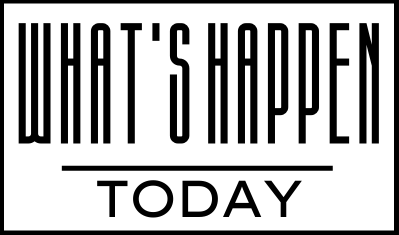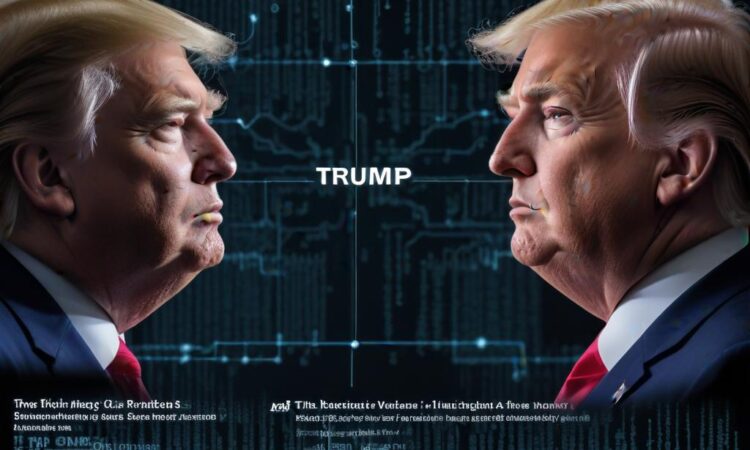What an AI-Generated Video of Gaza Reveals About Trump Tactics
Okay, so picture this: Donald Trump, the former president, drops a bomb (not literally, thankfully) on Truth Social. It’s a video. A video of Gaza. But here’s the kicker – it’s AI-generated. Boom. Instant internet frenzy. The whole thing went viral faster than you can say “fake news,” and honestly, that’s the heart of the story. It’s less about the video itself and more about what it says about Trump’s communication strategy, or maybe his lack thereof.
The video itself, supposedly depicting some kind of destruction or conflict in Gaza, was, well, pretty standard AI-generated fare. Think grainy footage, a little too perfect in its destruction, the kind of thing you’ve probably seen floating around online before. But this wasn’t some random TikTok; it was Trump, directly broadcasting this to his followers. And that’s where things get interesting.
The Strategy (or Lack Thereof)?
Was it a brilliant strategic move? A calculated attempt to rally his base? Or a complete accident, a clumsy foray into the world of deepfakes and AI-generated content? It’s tough to say for sure. But analyzing the situation, a few things stand out.
First, the sheer audacity. Dropping an AI-generated video on your platform, knowing full well it could be easily debunked as fake? That’s a bold move, Cotton. Some might argue it’s reckless, even irresponsible. Others might see it as a genius way to get people talking, even if it’s in outrage.
Second, the messaging. What exactly was Trump trying to convey with this video? Was it a commentary on the situation in Gaza? A subtle (or not-so-subtle) jab at his political opponents? Or was it simply a test, a way to see how his audience would react to this new form of digital manipulation?
And third, the reaction itself. The social media response was a total rollercoaster. Some people were enraged, calling it propaganda and fake news. Others defended it, claiming it was simply an artistic representation or a comment on the complexities of the conflict. A large number of people were just confused. And that, arguably, is Trump’s greatest success: he got everyone talking.
The Deeper Dive into AI Manipulation
Beyond the immediate political fallout, the incident highlights the growing concerns around AI-generated content and its potential for misinformation. This video serves as a stark reminder of the challenges we face in a world where anyone can create seemingly realistic, yet completely fabricated, videos. It’s a bit scary, isn’t it? The line between reality and simulation is blurring faster than ever.
The incident forced a conversation about media literacy. How do we, as consumers of information, discern truth from fiction in this age of advanced AI? How do we teach critical thinking skills to fight the spread of manipulated content? These are questions that we urgently need to address before more sophisticated AI-generated videos start flooding the internet.
Think about it: this is just the beginning. The technology is advancing rapidly, and the potential for abuse is immense. It’s not just political figures; imagine the possibilities for scams, disinformation campaigns, and all sorts of nefarious activities. Trump’s controversial video, as unsettling as it was, served as a wake-up call.
The Aftermath and What’s Next
In the immediate aftermath of the video’s release, there was a flurry of fact-checking articles, social media debates, and news coverage. Experts weighed in, political pundits analyzed, and the internet collectively scratched its head. The story dominated headlines for days, and the discussion continues to evolve.
But the most important takeaway from all this might be the questions it raises. What are the ethical implications of using AI to create political messaging? How do we regulate this technology to prevent its misuse? And how do we equip ourselves with the critical thinking skills needed to navigate this increasingly complex information landscape?
The Trump AI Gaza video, regardless of its intent, sparked a much-needed conversation. It highlighted the vulnerabilities inherent in our current information ecosystem and highlighted the urgency of addressing these issues before they spiral out of control. We’re not just talking about politics here; this is about the future of information itself.
It’s a messy, complicated situation, and there are no easy answers. But one thing is certain: this incident will be remembered as a pivotal moment in the ongoing battle between truth and manipulation in the digital age. The implications are far-reaching, and the conversation is only just beginning.

